Starlink testing begins
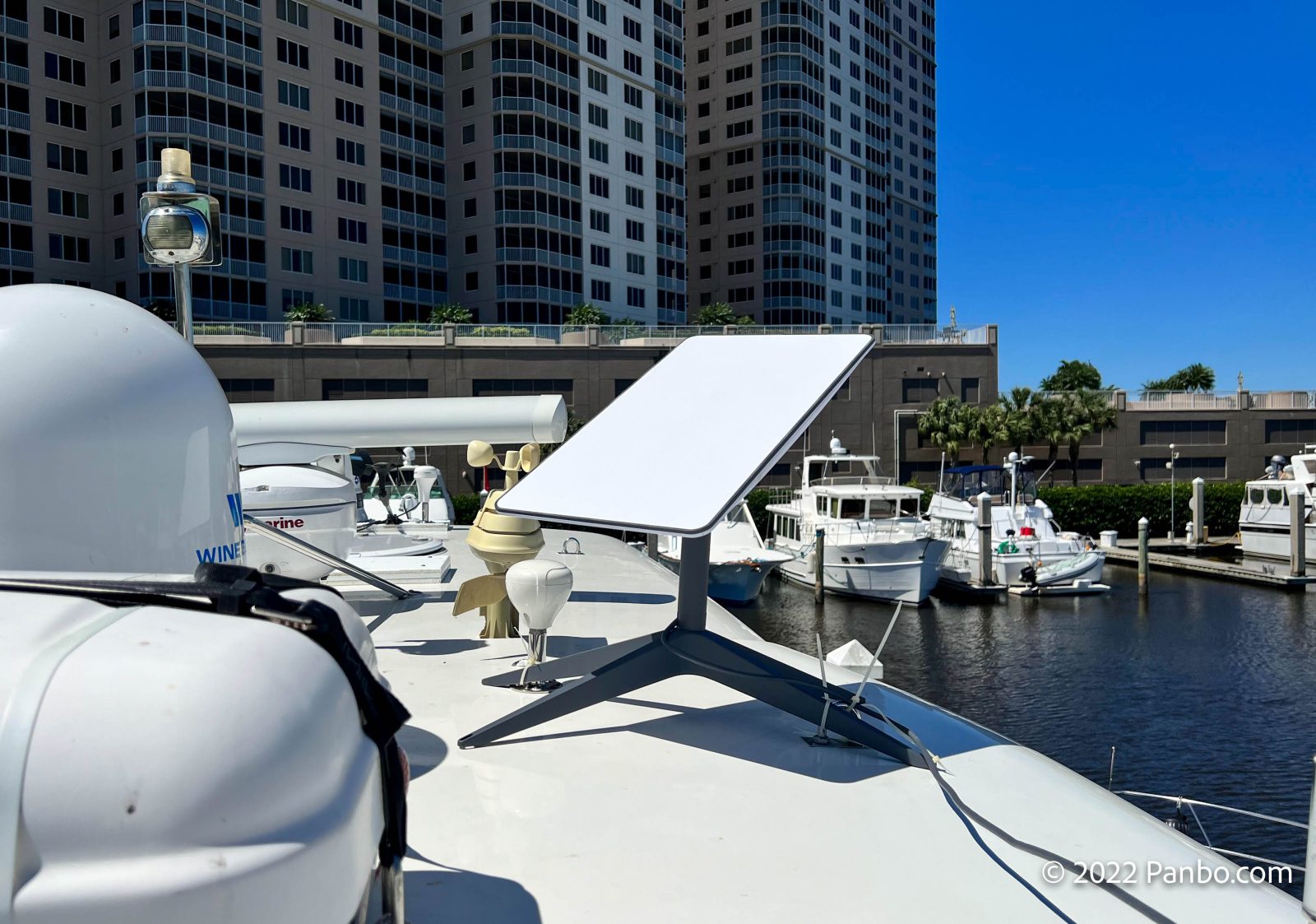
I’m far from the first person to test Starlink’s network. Starlink began its public beta period with customers in the northern portion of the United States and Fort Myers, Florida is far from a northern location. So, I’ve just recently been able to get my hands on a terminal and fire up the testing. But, what I’m seeing so far is very promising.
The terminal arrived while I was out of town, so upon my return, I wasted no time unboxing and (temporarily) mounting the rectangular, flat dish on the hardtop of Have Another Day. As I mentioned, I’m not the first person to review Starlink on a boat. In fact, Steve Mitchell from SeaBits has already written a fair amount about his experiences using it on his boat. Steve has the older, round dish so there might be some small differences in our experience from that.
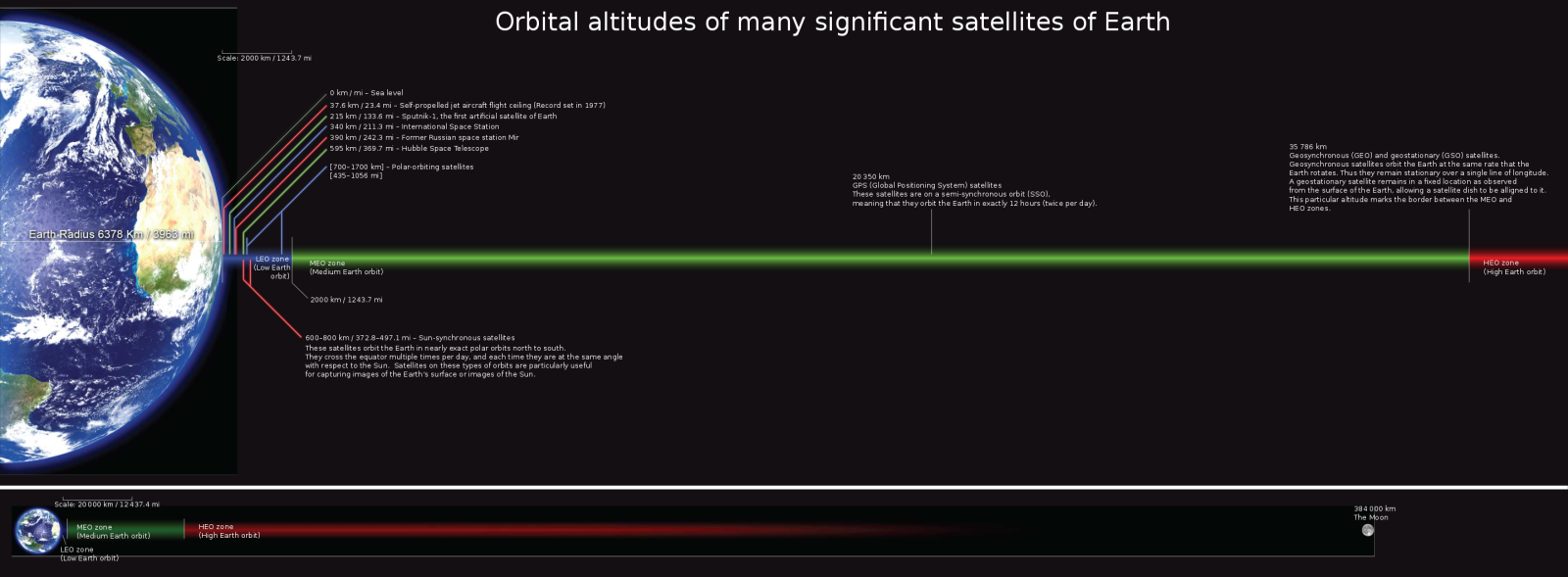
Before I dive into my experiences, let’s talk for a minute about what Starlink is and what it promises. Starlink is an Elon Musk run, satellite-delivered internet service provider. Starlink uses low earth orbit (LEO) satellites and a lot of them. So far, they’ve launched over 2,000 of them with plans for as many as 42,000 satellites planned. Starlink’s use of LEO satellites means they can deliver far lower latency than traditional satellite internet providers. The service also promises performance of more than 100 megabits per second, potentially rivaling land-based internet providers. But, early reports also indicate that Starlink is sensitive to any obstructions including trees, leaves, and sailboat masts.
It’s important to mention that Starlink isn’t available everywhere in the U.S. right now. They have a map that shows where it’s available and where there are waitlists due to capacity. Also, Starlink isn’t yet approved for mobile use and they’ve made no promises about how it will work in such uses. I suspect that when they do make it available for mobile use it will be with different hardware. For now, I’m very happy to test it while stationary. Lastly, it’s been just over a month since Starlink turned on roaming. Before roaming was enabled, service only worked within 20 miles of your service address. Now, it seems to work everywhere in the U.S., regardless of the service address.
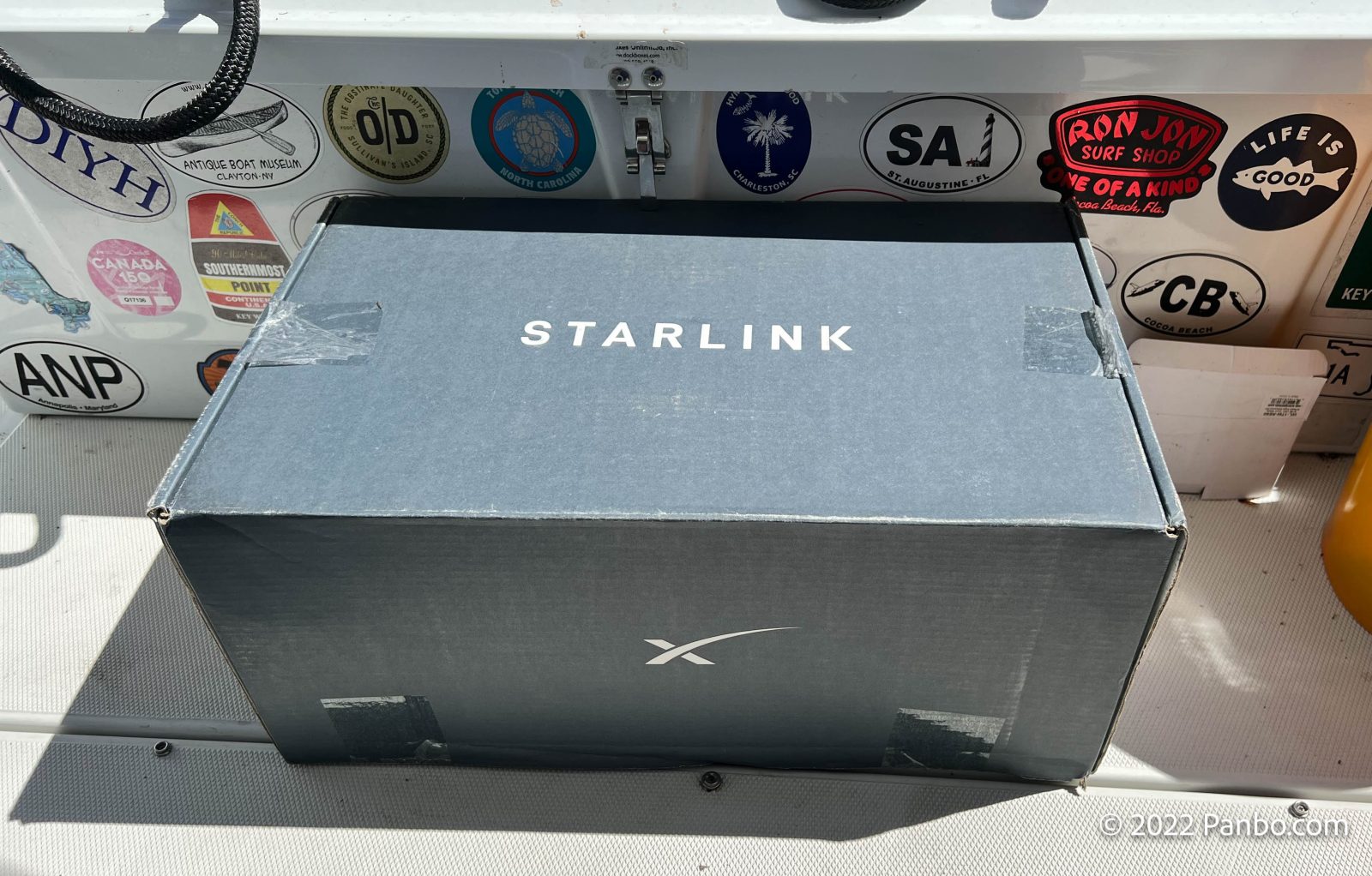
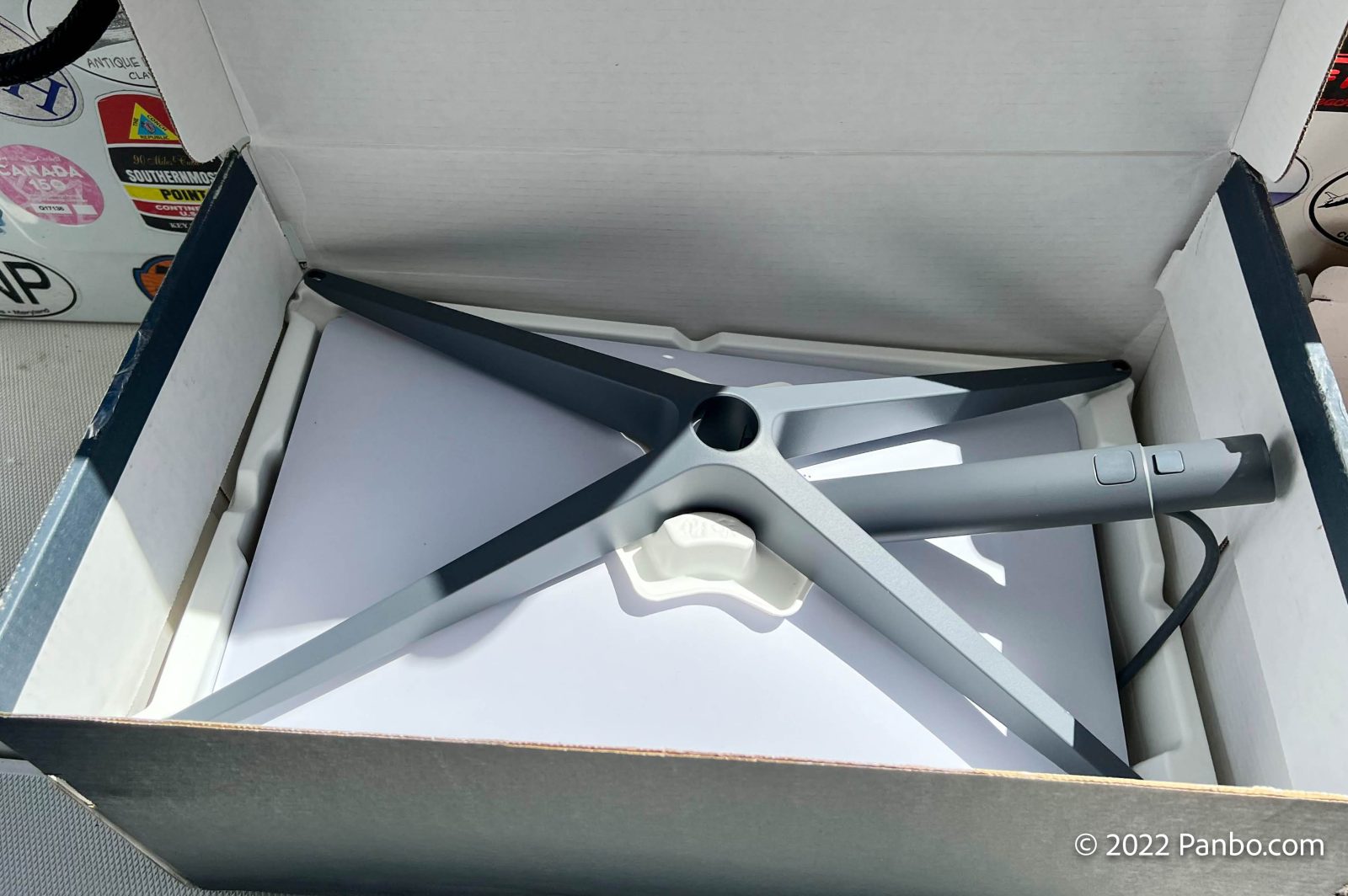
I’d expected a slick box holding my $599 terminal kit with the dish, base, and router. I wasn’t too impressed with the presentation of the hardware. The packaging is pretty flimsy and I was surprised to find that everything arrived undamaged given the wear on the box and minimal packaging. But, to my relief it was all intact, so I yanked it out of the box and got to testing.
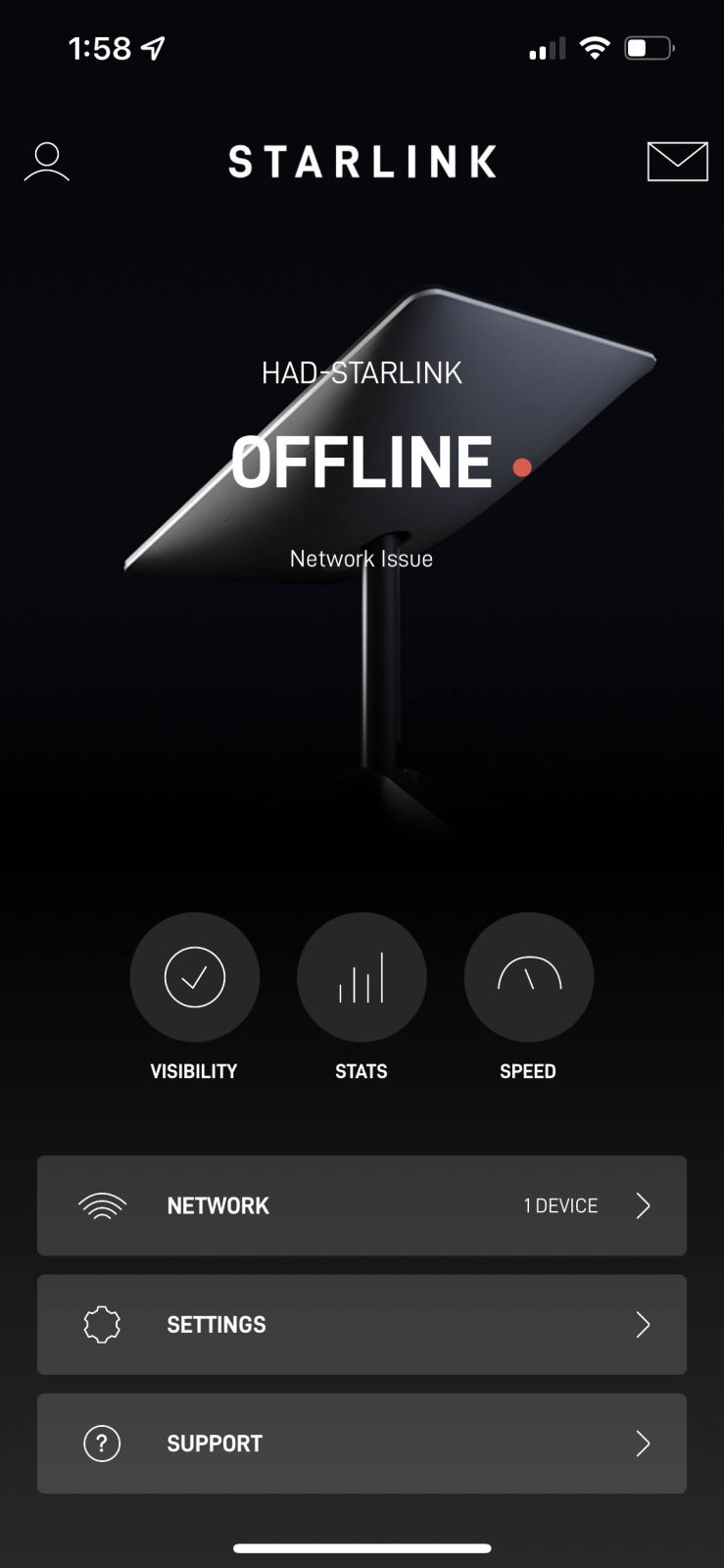

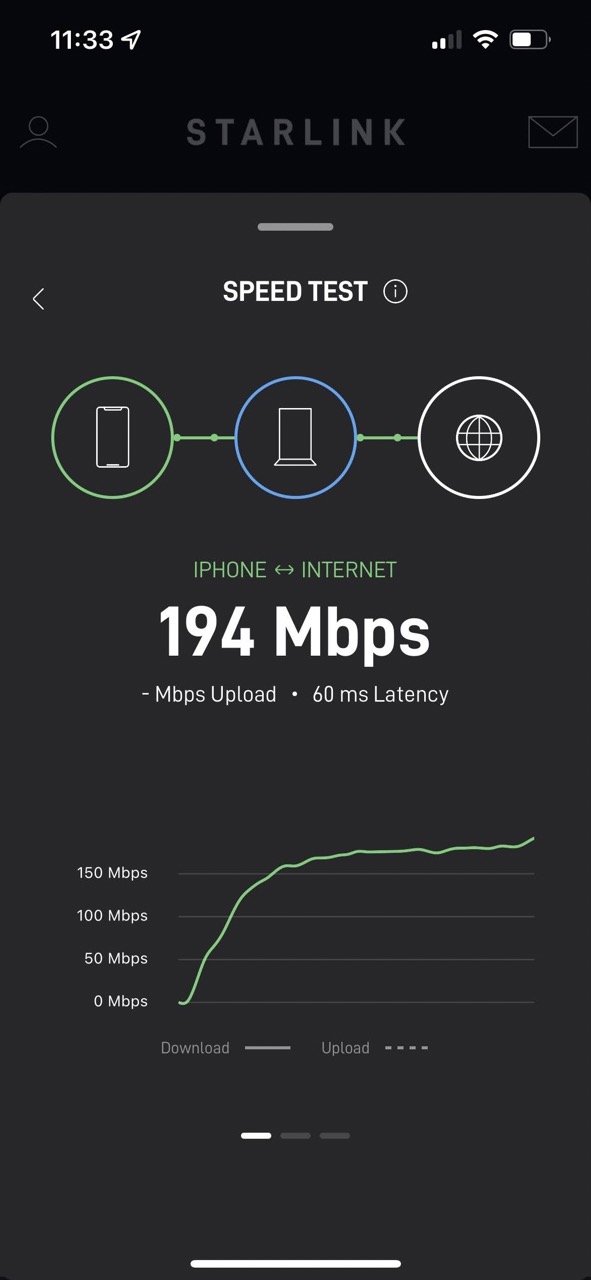
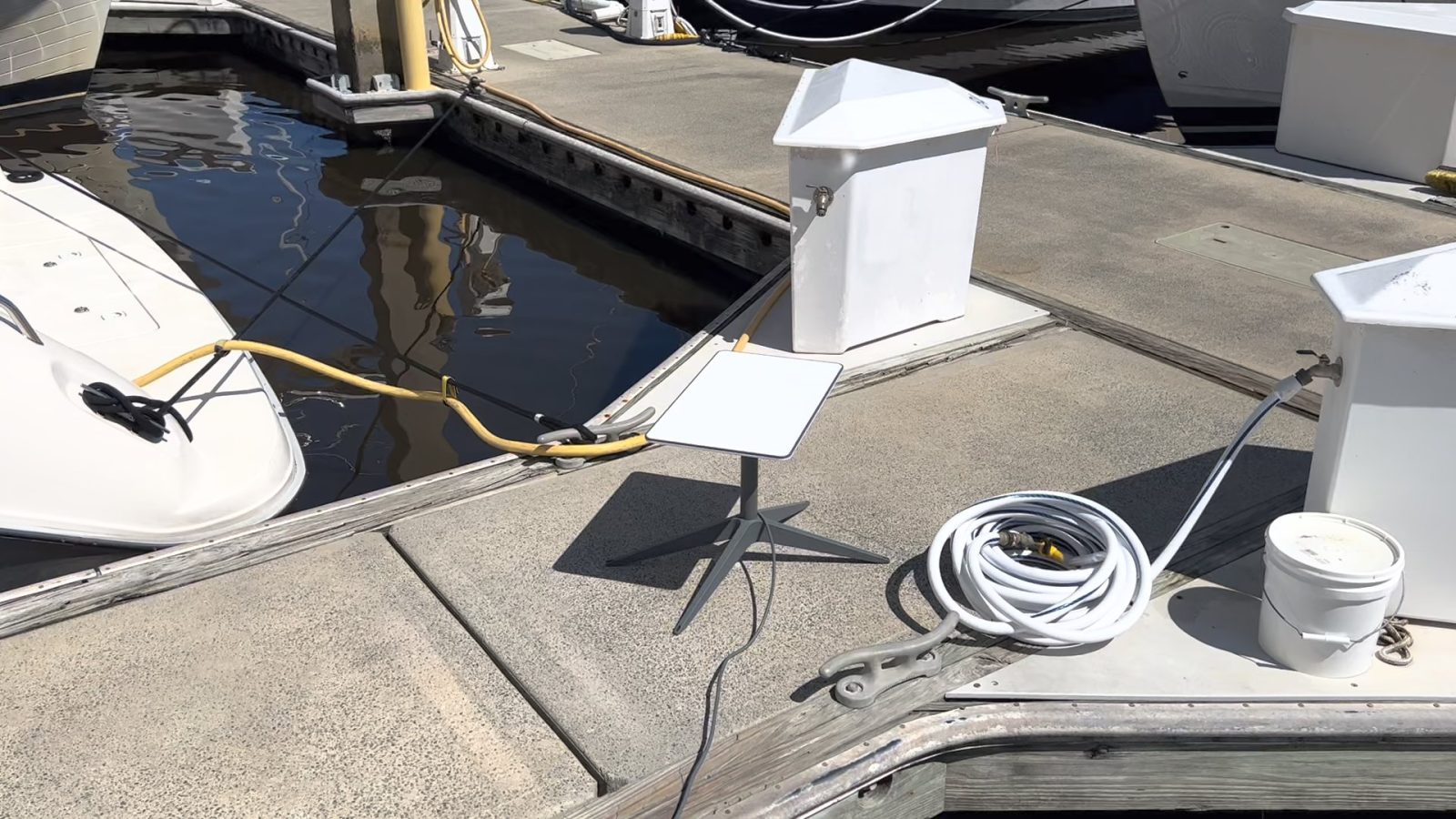
Feeling impatient, I set the dish up on the dock to see if it would grab a signal. There are large buildings to the south of my boat in the marina, but nothing blocking the view to the north, east, or west. So, I was hopeful that Starlink wouldn’t have any troubles in my location. For about ten minutes the dish moved around, seemingly at random, using the aiming motors built into the arm of the dish. During this time, the app showed as offline with no other real indication of what was happening. It was just long enough to make me wonder if something was wrong. Then, I saw a brief blip of signal, and moments later the status stayed locked online. Naturally, I immediately ran a speed test and saw the impressive results seen above. Nearly 200 megabits per second is pretty darn good!
After my successful on-dock test, the dish has been moved to Have Another Day’s hardtop. So far, at least while tied to the dock, I’ve had no troubles with obstructions. I’m now just past 24 hours with the service online and results just keep getting better. The speed test results above are from a laptop, connected via 5ghz WiFi one deck down from the router. I’ve seen downloads exceed 15 megabytes per second. I’ve also sucked down over 200 gigabytes of bandwidth in testing.
The app keeps track of outages over the last 12 hours. So far, I’ve seen about one outage every four hours. From what I’ve gathered this could well be handoffs between satellites. Starlink is still in the relatively early stages of its rollout and continues to work on improving its operations. I hope this will get better. These sorts of disruptions would be noticeable during a video conference but haven’t been noticeable while streaming and browsing the web.
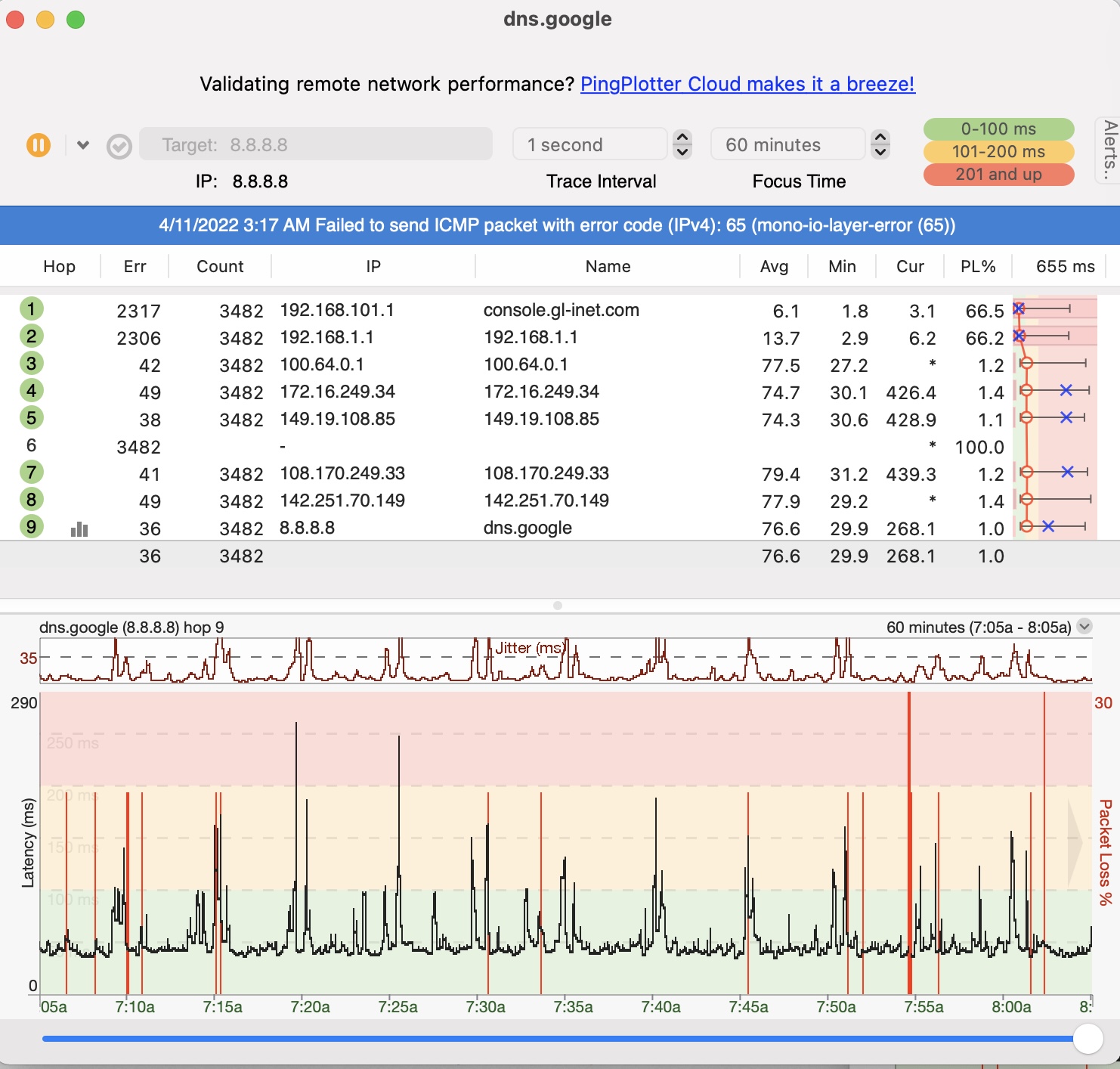
I’ve been running continuous pings to multiple destinations on the internet. I’m seeing about 1% packet loss to multiple sources. It’s common for routers and other network equipment to drop ICMP (ping) packets if their CPUs are busy. Additionally, the spikes of higher latency visible in the chart above correspond to the speed tests I’ve been running every five minutes. It makes sense that when the traffic of the speed test is saturating the connection, latency will climb. When not saturating the link with speed tests, the average latency has been below 60 milliseconds. That’s just fine for nearly all activities except possibly gaming. I’m not a gamer, so I don’t foresee a problem.
Starlink is $110 a month for service after a recent price increase. That’s on the high end of the range of prices typical for unlimited cellular internet access plans, when you can get them. So far, the performance is better and Starlink comes with the potential to work anywhere you have a clear view of the sky. I have some local cruising planned by boat as well as some RV travel. Starlink will make all those trips, and I’m looking forward to further testing in more locations. Plus, only time will tell how well the service holds up over a longer time period. It will be especially interesting to see what happens as the service adds more subscribers.


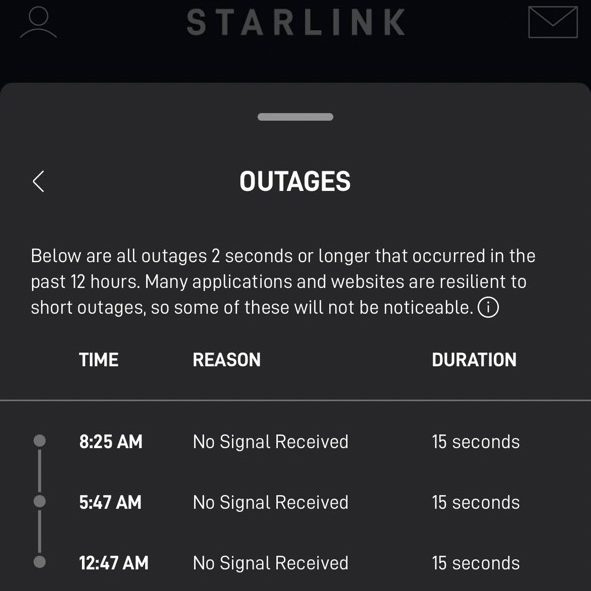

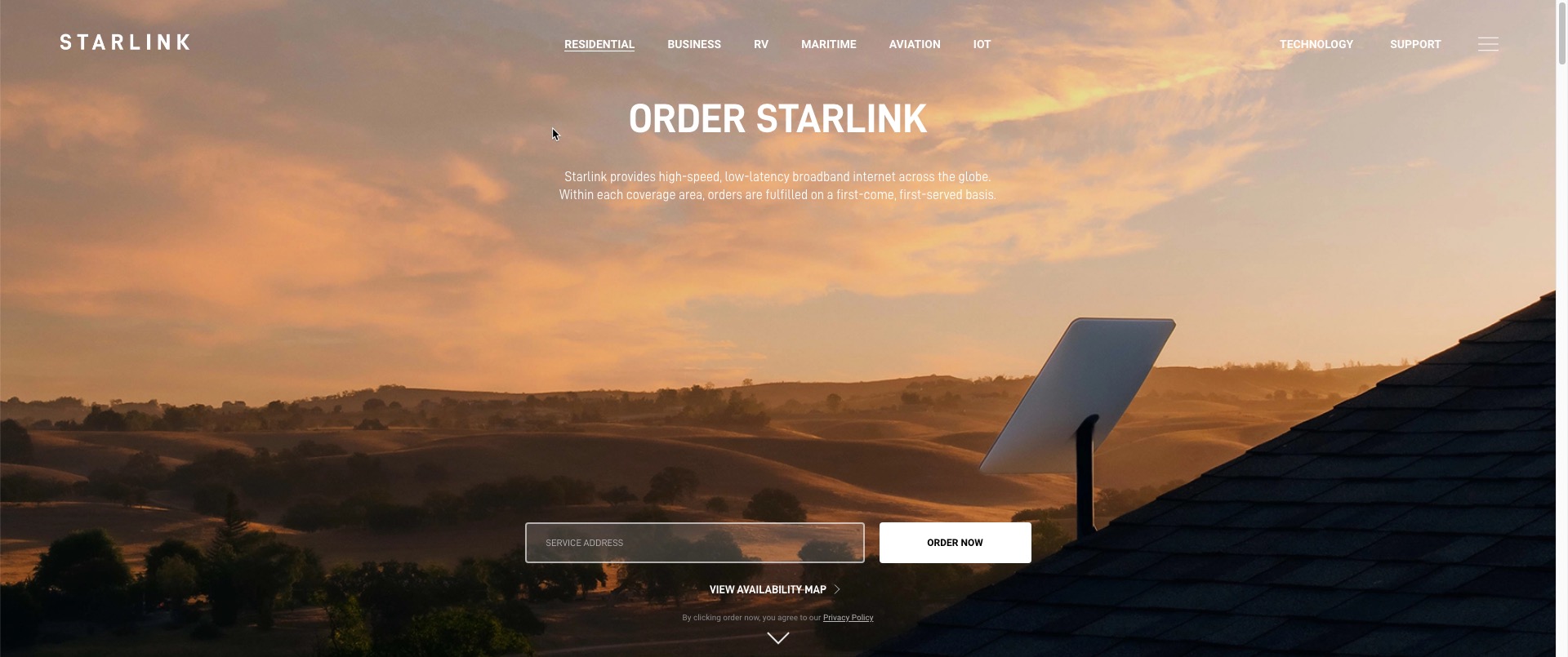









When can will it be available for international roaming. Start with the Caribbean, but move to the med and beyond. Also, since there are few users in the middle of the atlantic or pacific, and no counties to claim a fee or royalty or tax, when can we see it for trans -continental voyages.
I doubt that international roaming will be available. My starlink from the United States does not work in Mexico due to bureaucratic treaties and whatnot.
Interesting , can’t wait to see testing at a mooring with boat moving around or driving across country in an R/V.
Ben-
I didn’t see any uplink data for your testing. Is it running about 10% of the download rate?
With regard to mobile operations – very high speed satellite data rates require very high gain antennas with very narrow beamwidths. That implies very accurate pointing angles for the antenna to track the satellite. In a truly mobile application with motion in more than in one plane – such as on a boat at sea, will require exceptionally capable electronic tracking via a true Electronic Phased array antenna. The cost of the later is so significant as to be prohibitive for most users. I was on a design team during the Microsoft Teledesic Internet system that strove to develop low cost phased arrays for users but failed. Many low data rate mobile satellite systems do exist of course – but truly high data rates similar to what you are testing remains unavailable for a host of technical and cost reasons.
Most satellite based internet systems use two different frequencies for uplink and downlink. Usually the uplink is higher frequency so that the beamwidths of the user antennas on the ground are narrower and less likely to overlap onto adjacent satellites and cause undesired jamming / noise floor increase on the victim satellite(s). Therefore the antenna design becomes more complicated with a dual frequency structure to accomplish both transmit and receive functions.
If there are many users on mobile systems that are having trouble accurately pointing their transmit beam at a desired satellite these many users will be wildly spraying many satellites with unwanted incoming signals that in the limit could jam the satellite receivers and render throughput useless. Thus I suspect that until low cost electronically scanned arrays become available high speed data on the move will remain elusive. Many are working this problem but it has yet to be solved. The problem has persisted for commercial transport aircraft for the last 25 years. My team provided a receive only system for Paul Allen’s 757 back in the late 90’s that worked very well (DirecTV / DISH), but transmit / uplink would require a second transmit antenna to provide the needed antenna gain and required low sidelobe operation. There are new systems available for commercial transports but they have failed to become ubiquitous. Most systems operate on air to ground for data in flight.
One other thing to consider is the need for an eventual up / downlink to master ground stations where the connection to the internet is actually made. Over the oceans there are no local up/ downlinks available and thus satellite to satellite linking would be required to bride the gap to the ground. This problem is solved for GEO satellites that have dedicated ground stations and massive antennas servicing up and downlinks to the internet, but moving LEO / MEO satellites pose a bigger challenge as it is just not possible to dedicate shore stations to each moving satellite over the sea(2000 – 42000!!!!). When over continents there are many opportunities for links to terrestrial services for each satellite. So if mobile operations at sea are available they are most likely in littoral regions close to shore but less likely mid ocean. INMARSAT / VIASAT have provided GEO satcom for oceanic crossings for many years but not at the high speed rates being discussed here. Certainly things like MAZU, INREACH and other services provide basic transoceanic services at very low data rates. So the issue at hand here is high speed data that requires considerably more capability to achieve the required Signal to Noise ratios to permit those high speed operations.
A few Antenna Examples include:
https://www.ball.com/aerospace/programs/tactical-mission-systems/satcom-antennas
https://www.aviationtoday.com/2019/05/16/boeing-flat-antenna-satcom-mq-25-stingray/ – Notice the two apertures – separate transmit and receive arrays.
https://www.microwavejournal.com/events/2138-online-panel-will-flat-panel-beamsteering-arrays-meet-the-satcom-challenge
https://www.kymetacorp.com/ This is probably the most unique system out there.
Basically you can see that mobile satellite high speed internet is an exceptionally complicated topic that has been under development for years. It exists at the very high cost end but there are no affordable systems available yet.
Thanks for linking to my article on my testing. I actually have an updated article coming out in a day or two with really great results from testing underway, at anchor, and more.
My original articles were using the v1 hardware, but I also have the v2 version just like you’re testing as well. I’ve done some weird mounts to try to see how it reacts, and have had some issues with radar interference which I’ll be covering in the article as well.
So far, it has really surprised me how well it has worked, although there are still some limits. It’s turning out to be a really viable solution even in it’s current revisions as long as you know the limitations.
Ben, you said: “After my successful on-dock test, the dish has been moved to Have Another Day’s hardtop. So far, at least while tied to the dock, I’ve had no troubles with obstructions.”
Okay, but what about signal loss as the boat rocks?
The boat hasn’t left the slip since I installed Starlink over the weekend. So far, I’ve seen no impact from minor rocking in the slip. But, I wouldn’t have expected I would. In fact, I’d think it was pretty concerning if I was seeing any change from a few degrees of rocking.
-Ben S.
Ya that picture really screams Rural area in dire need of internet connection.
You sure are bridging the divide starlink. Like making the one between the poor and the rich even wider maybe.
Amazing how my elderly parents in the middle of nowhere rural WI have been on the list for over a year and service still not available, which is BS.
Anyone who understands how it works would look at the map of coverage and say…well it’s avaliable 20 miles to the north, south, east and west in highly populated areas near major communications backhauls and they live in the singal highest point in the country so how could it not be available there, its not lineof site, you can see almoat 10 miles tonthe horizon….well it’s mostly because what they are doing is a big marketing scheme and people who can afford a boat like that with a radar worth more than what most in rural american can afford to spend on internet in a few years….
They spend time making posts like this and most likely rural American will continue to be hosed like they have been for years when big companies promise great things and never fulfill them, why dont thwy…..we’ll there is no money in it. And if it really fixed anything they would all have to stop asking for more money to fix it.
Anonymous, first, if you came to a boating site looking for pictures of rural areas needing internet connectivity, you’re likely to be disappointed. Second and perhaps more importantly, I’m not seeing the same thing you are with regards to availability. Instead, what I see is almost exactly the opposite. I’ve attached a screenshot of Starlink’s map as of this morning. I see waitlists in nearly every population center and availability in less populated areas.
I also think placing the burden on Starlink to resolve a decades old infrastructure problem is likely to lead to frustration. Starlink has spent $10 billion to launch their initial constellation. They’re a business and for that business to survive and thrive they need a volume of subscribers.
Lastly, Starlink didn’t spend any time making this post. I did. I paid for my Starlink terminal just like everyone else, I pay for my service just like everyone else and I received no special consideration in the waitlist.
-Ben S.
Ben, what a kind, generous reply that was.
Thanks for this article. We would be very interested to see how this technology progresses and the capability in the near future for our trip to the Bahamas.
A given satellite is only overhead for a couple of minutes, so your service disruptions are probably when there aren’t enough satellites in range, or the active satellite is briefly obstructed. There are some great unofficial maps like https://satellitemap.space/ that show where the satellites are.
There’s lots of seemingly valid testing info being shared in the “Starlink On Boats” group on Facebook. The good news I noticed is that it seems to work underway in at least moderate sea conditions. Then again, apparently it also cuts out when you get 12 miles offshore.
https://www.facebook.com/groups/starlinkonboats
I’ve been on Starlink at home for nearly 3 months and my experience is summed up by 3 things.
A. Support. Support is virtually non existent. If you have a hardware failure, plan on a least a month of downtime to get replacement hardware. Currently their support is 99.9% by email through their app with actual response time other than computer generated emails taking 10 days to 2 weeks.
B. Latency. Latency is all over the map varying from 30ms up to 130 ms. The resulting jitter is not kind to real time applications like Zoom.
C. Brief outages. I see 1 or 2 up to 10-12 of these in a 12 hour period. These last from 3 to 15 seconds.
There is very little public information available on how Starlink operates their network. For example are their terminals full duplex or half duplex, probably the later. Do they use regional processing centers that aggregate data from multiple gateways to hand off to the internet? The answer is probably yes since web sites think I am in Seattle based on my IP address. I think many of these small outages are related to satellite handoffs on user terminals and gateways. The data path changes on each handoff. In terms of complexity it is probably the most complex data network put in operation to date. Everything in the network is constantly changing except the user terminal. Put that terminal on a boat and that is yet mother level of complexity.
I find it a tremendous technical accomplishment to make it work, but it has a ways to go before if is the reliability equal of a terrestrial network.
Starlink recently signed a contract with Hawaiian Airlines to provide WiFi services on their aircraft. I think that means Starlink will start using their laser crosslinks when that service starts. They have got around 700 or so satellites in the 53.2 degree inclination with laser crosslinks, so they might be getting close to inaugurating service beyond the near shore areas. They do have to get there licensing for ESIM approved.